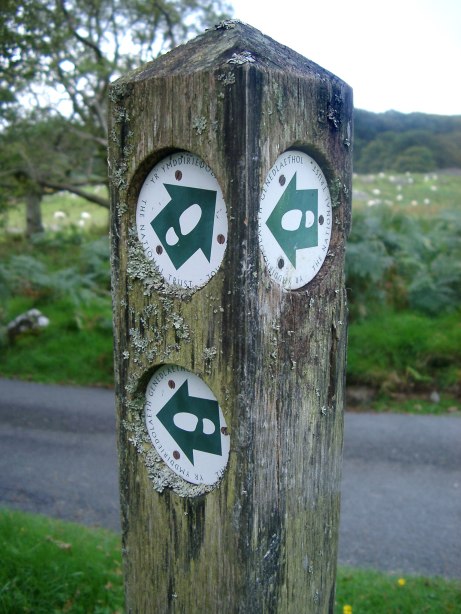
A first-of-its-kind report entitled “The New Majority: Pedaling Towards Equity” was recently released by The League of American Bicyclists and the Sierra Club. With a title like that, I had to download and read it.
The subject, I soon learned, was news of an increase in bicycle ridership among people of color. Impressive statistics were presented. The growth in all trips made by bike between 2001 and 2009 was largest in minority groups.
African-Americans led the charge with an increase of 100%, followed by Asians with an increase of 80%. Hispanics came in third with an increase of 50%. Whites came in a distant fourth with a 22% increase during the same period of time.
Overall, the number of bike trips made by minorities increased from 16% in 2001 to 23% in 2009. This sounds very impressive until you examine the numbers more closely.
Despite this growth, which is a positive thing, minority cyclists still only represent 23% of all bicycle trips, which means that approximately 75% of bike trips are still made by whites. The reason this is important is that the report cites all kinds of categories in which people of color, who they refer to as “non-whites,” are the majority when it comes to seeing cyclists in a positive light and with respect to investing in bicycle infrastructure.
For example, according to the report, “In a national Princeton Survey Research Associates poll in March 2012, people of color were also more likely than whites to support more federal funding for sidewalks, bike lanes and bike paths, with 56% of people of color* and 44% of white respondents supporting increased investment for people who walk and bike.” The asterisk after the word “color” appears throughout the report in order to clarify their definition of people of color. “The non-white category, as reported by SRAI, is defined as Hispanics, African-Americans, Asians, Native Americans, mixed or other race.”
In the report, they talk about minorities who bike to work but who go unrecognized, mostly Latinos, because they are disconnected from advocacy groups and community resources. Such people typically ride bikes out of necessity, since they can’t afford other forms of transportation.
Seemingly, the point of this report is to show that people of color are interested in cycling for both transportation and health reasons, but don’t have access to it due to disparities in infrastructure in their neighborhoods. Throughout the U.S., affluent areas have more bicycle facilities from bike lanes to secured bike parking.
Poorer neighborhoods are often overlooked when it comes to installing bike lanes. And, rarely are bike paths built in those areas. However, citing statistics about how enthusiastic people of color are about bicycling and infrastructure is hardly going to change such problems.
Nor will citing statistics, as the report does, showing that the fatality rate for non-whites is higher than for whites. The figures presented showed that cyclist fatality rates were 23% higher for Hispanics and 30% higher for African-Americans. While this is no doubt true, nothing provided proved that this higher fatality rate was due to a lack of safe places to ride.
It might have been caused by driver error resulting from the small number of cyclists on the roads in the areas where these cyclists ride. Or, it could be that minority riders are targeted for harassment more often than white riders are. That anti-cyclist fanatics might also be racist isn’t far fetched. So, as well intentioned as the report is, we can’t conclude that just providing more infrastructure for less affluent neighborhoods will put a stop to this higher fatality rate.
Although the focus was on people of color, there was also mention of women and young people. Apparently both groups are increasing in terms of ridership. And, “89% of young adults — aged 18-29 — have a positive view of bicyclists and 75% agree that their community would be a better place to live if biking were safer and more comfortable.”
It’s good to see some statistics showing that cycling is more diverse than it appears. Most people view cyclists as elitist white males since white males are the largest group of cyclists. Showing other groups’ interest in cycling and their desire to participate more demonstrates cycling’s broad appeal. Only lack of safe roads or paths to ride on and lack of other bicycle infrastructure appears to be standing in the way of minority groups.
However, statistics alone won’t change that. Neighborhoods dominated by people of color face all kinds of challenges and discrimination. This is a systemic problem, not one related just to cycling.
Shifts in societal attitudes will be necessary before low-income areas will be treated equitably in any regard. This doesn’t mean that advocates should stop trying to draw attention to the need for bicycle infrastructure in such neighborhoods, but they may want to consider other tactics besides throwing around numbers to prove a point.
Bottom line: cycling is for everyone, regardless of race, gender, nationality or socioeconomic status. Therefore, no matter what the percentages of ridership are, bicycle infrastructure should be made available in all neighborhoods.
Cycling is an economical form of transportation that is also good for a rider’s health. This is true for everyone, so statistics on individual groups aren’t crucial. Providing safe, user-friendly infrastructure throughout the country should be the goal, instead, so that everyone who wants to participate in cycling can.


